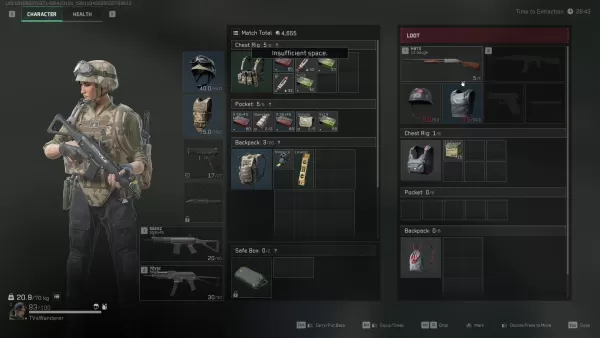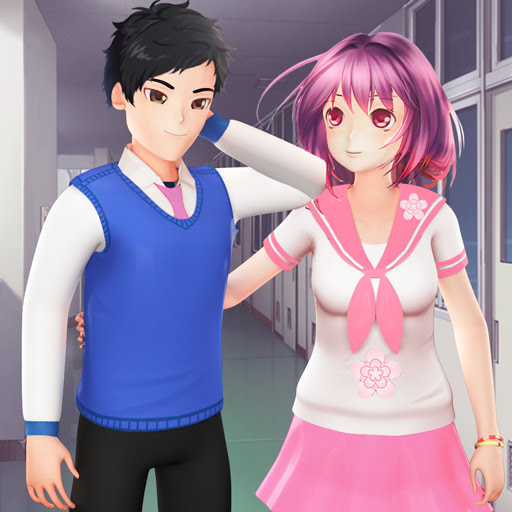Delta Force: Winning Strategies and Operations Guide
Operations mode, also known as Hazard Operations or Extraction mode, is the thrilling core of Delta Force where the stakes are sky-high. Whether you call it Operations or "raiding," the objective remains consistent—parachute into the map, collect valuable gear, and escape unscathed amidst threats from other players and AI enemies. The crucial twist, common in extraction shooters, is the risk: everything you bring into the game is at stake, and if you fall, you lose it all.
This comprehensive guide delves deeper than mere survival tactics. It will walk you through the entire process of Operations mode, from start to finish, including how to manage your pace, handle your gear, and make strategic decisions that accumulate value over time. If survival is your sole focus, head over to our blog for a dedicated guide on that aspect.
Whether you're venturing solo or teaming up with a squad, understanding the system is crucial to playing smarter, not harder.
What Operations Mode Actually Is
Delta Force's Operations mode is a dynamic PvPvE sandbox where each match offers a unique experience. You, along with up to two other players, enter a live map teeming with AI soldiers, loot spawns, and rival teams. Your mission is to gather as much loot as possible and safely extract before you're taken down by the environment or adversaries.
Unlike traditional shooter modes, there's no score to chase. What you manage to extract adds to your inventory outside the raid. However, if you perish, you lose everything on your person, except for items secured in your Safe Box. This risk-and-reward dynamic is what fuels the intensity of Operations mode, making even the simplest act of grabbing medical supplies and sneaking out exhilarating.
Loadout Planning and Inventory Control
Your journey to success begins before you even set foot on the map—it starts with crafting the perfect loadout for your mission. Every match requires an entry fee, so your loadout choices are pivotal. The essentials—helmet, armor, chest rig, and backpack—are mandatory. You can't deploy without them. However, the additional gear you decide to carry will shape your gameplay strategy.

Extraction zones are typically fixed, but some maps introduce dynamic elements like elevators or enemy-controlled checkpoints. Always plan your exit strategy before diving deep into looting.
Loot Smarter, Not Harder
Every item in Operations has a monetary value, but not all are worth the risk. Initially, prioritize collecting healing items, attachments, and rare electronics—these are compact, valuable, and can be safely stored in your Safe Box if necessary.
Heavy weapons and armor may be tempting, but they weigh you down and occupy valuable space. Only carry them if you're certain of extracting or if you're near an exit with nothing left to lose.
A smart tip for beginners is to steer clear of major loot hotspots during the first few minutes. Allow other teams to clash, then swoop in to scavenge the leftovers. If you're playing solo, focus on looting around the map's perimeter and revisit later. You'll be amazed at the quality of gear left behind after chaotic team battles.
Picking the Right Operative
Your choice of Operative defines your approach in Operations mode. Not all Operators are suited for stealth or loot-centric gameplay, so select one that aligns with your objectives.
Luna and Hackclaw excel in intelligence gathering and mobility. Luna can tag enemies and disrupt attacks with her shock arrows, while Hackclaw moves silently and executes stealthy takedowns with her knife. Stinger, with his healing kit, is ideal for team play, particularly when supporting more aggressive teammates.
Avoid Operatives with loud or flashy abilities unless your strategy involves direct combat. Characters like D-Wolf are entertaining, but they draw too much attention in a mode where staying under the radar often yields better results.
Fight When It Matters
In Operations, choosing your battles wisely is more critical than winning them outright. PvP kills can yield gear and XP, but they also slow you down and attract unwanted attention. Engage only when you're prepared or when it's your best course of action.
If you find yourself in a firefight, keep moving and aim to finish swiftly. Utilize abilities to gain an edge—Luna's detection arrow can reveal players behind cover, and Stinger's smoke can provide the cover needed to heal or retreat.
Remember, you can always loot the fallen later. If two teams are battling, hang back and let them weaken each other. Third-partying is risky, but it's a potent strategy for acquiring gear without directly confronting everyone.
Making the Most of Each Match
Every raid presents an opportunity to accumulate value, hone your skills, or glean new insights. Don't fret over a poor run—use it to refine your strategy for the next attempt.
Conserve your credits during losing streaks and play more strategically when you're on a winning run. Upgrade your Safe Box as early as possible, experiment with different Operator configurations, and explore the maps to discover optimal loot routes.
Over time, your focus will shift from mere survival to optimization. That's when Operations mode truly becomes enjoyable.
Delta Force's Operations mode transcends simple loot-and-run mechanics. It's a delicate balance of risk, planning, and astute decision-making. Assemble your loadout with intent, loot judiciously, and know when to engage or evade. And remember, every setback is merely a stepping stone that amplifies the thrill of your first major victory.
For the best gaming experience, dive into Delta Force on PC using BlueStacks. You'll benefit from quicker load times, precise controls, and easier gear management. It's the ideal way to stay competitive while mastering the game's nuances.
























![Salvation in Nightmare [v0.4.4]](https://imgs.21qcq.com/uploads/36/1719555347667e551321c26.jpg)




